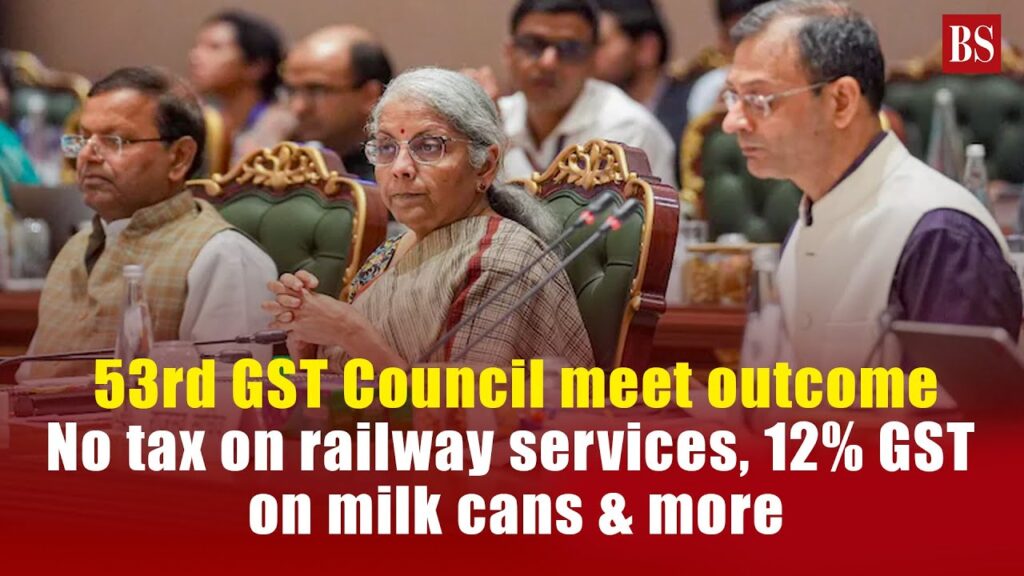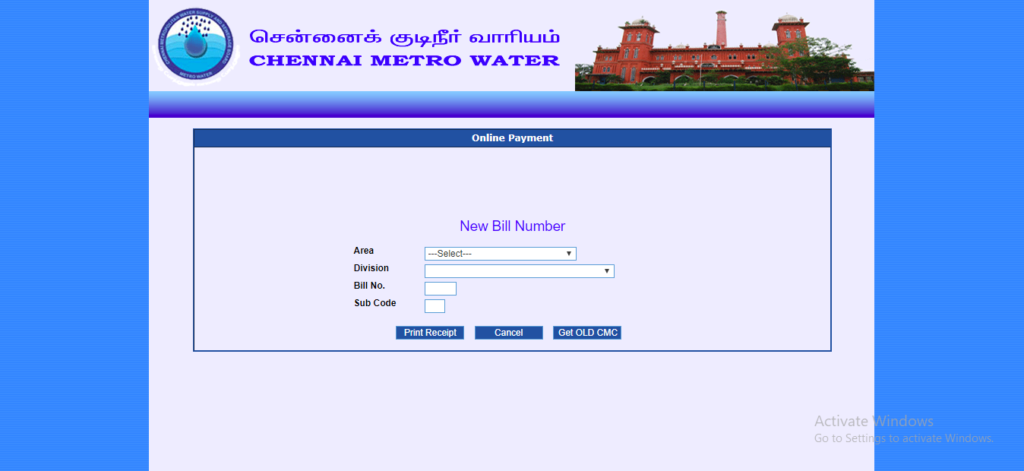HSN, or the Harmonised System of Nomenclature, was developed by the World Customs Organisation (WCO) in 1988 to systematically classify goods for both domestic and international trade. India, in line with global standards, has adopted HSN codes post-GST implementation, streamlining import and export procedures and reducing costs. What is HSN Code? HSN code stands for “Harmonized System of Nomenclature”. This system has been introduced for the systematic classification of goods all over the world. HSN code is a 6-digit uniform code that classifies 5000+ products and is accepted worldwide. It was developed by the World Customs Organization (WCO) and it came into effect from 1988. How does HSN code work? It has about 5,000 commodity groups, each identified by a six-digit code, arranged in a legal and logical structure. It is supported by well-defined rules to achieve uniform classification. Features Of Our HSN Code Finder? Comprehensive DatabaseOur HSN finder makes it simple to search for and identify the appropriate code for goods or services thanks to its large database of HSN codes and associated GST rates.User-Friendly InterfaceThe online search tool’s user-friendly UI makes it easier for consumers to find the relevant HSN code, making it accessible to anyone. To get results, simply input the product description and press the search button. The results will appear in a matter of seconds.Accurate ResultsEnsuring precision, the tool delivers accurate search results every time, instilling confidence in businesses regarding tax compliance and HSN code usage.Regular UpdatesRegular updates are provided to maintain the accuracy of HSN codes and GST rates, so there is no concept of outdated information in the results.Mobile-FriendlyAccessible on smartphones and tablets, the tool’s mobile-friendly design enables users to conveniently access it on the go.Free to UseOffering accessibility to businesses of all sizes, the tool is provided free of charge, eliminating barriers to usage and promoting widespread adoption. Why is HSN important? The main purpose of HSN is to classify goods from all over the World in a systematic and logical manner. This brings in a uniform classification of goods and facilitates international trade HSN in India India is a member of World Customs Organization(WCO) since 1971. It was originally using 6-digit HSN codes to classify commodities for Customs and Central Excise. Later Customs and Central Excise added two more digits to make the codes more precise, resulting in an 8 digit classification. Understanding the HSN Code The HSN structure contains 21 sections, with 99 Chapters, about 1,244 headings, and 5,224 subheadings. Each Section is divided into Chapters. Each Chapter is divided into Headings. Each Heading is divided into Sub Headings. Section and Chapter titles describe broad categories of goods, while headings and subheadings describe products in detail. For example: Handkerchiefs made of Textile matters 62.13.90 First two digits (62) represent the chapter number for Articles of apparel and clothing accessories, not knitted or crocheted. Next two digits (13) represent the heading number for handkerchiefs. Finally, last two digits (90) is the product code for handkerchiefs made of other textile materials. Services Accounting Code (SAC) in GST Like goods, services are also classified uniformly for recognition, measurement and taxation. Codes for services are called Services Accounting Code or SAC For example: Legal documentation and certification services concerning patents, copyrights and other intellectual property rights– 998213 The first two digits are same for all services i.e. 99 The next two digits (82) represent the major nature of service, in this case, legal services The last two digits (13) represent detailed nature of service, i.e., legal documentation for patents etc. HSN – wise summary of outward supplies Chapter wise distribution of goods using HSN codes Chapter Commodities Section I. Animals and Animal Products Chapter 1 Animals Chapter 2 Meat and edible offal Chapter 3 Fish, molluscs, crustaceans, and other aquatic invertebrates Chapter 4 Dairy produce, birds’ eggs, honey and other edible products of animal origin that are not specified elsewhere Chapter 5 Other products of animal origin that are not specified elsewhere Section II. Vegetables and Vegetable Products Chapter 6 Live trees and plants, bulbs, roots, etc., cut flowers and ornamental foliage Chapter 7 Edible vegetables, certain roots and tubers Chapter 8 Edible fruit and nuts, the peel of citrus fruits or melons Chapter 9 Tea, coffee, mate and spices Chapter 10 Cereals Chapter 11 Milling products, malt, wheat gluten, starches, and inulin Chapter 12 Oil seeds and oleaginous fruits, grains, straw and fodder, seeds and fruit, and industrial or medicinal plants Chapter 13 Lac, gum, resin, and other saps and extracts Chapter 14 Vegetable plaiting materials, and vegetable products that are not specified elsewhere Section III. Animal or Vegetable Oils, Their Cleavage Products, Waxes, and Prepared Edible Fats Chapter 15 Animal or vegetable oils, their cleavage products, waxes, and prepared edible fats Section IV. Prepared Food, Beverages, Spirits, Tobacco and Tobacco Substitutes Chapter 16 Preparation of meat, fish or crustaceans, molluscs, or any other aquatic invertebrates Chapter 17 Sugar and sugar confectionery Chapter 18x Cocoa and cocoa preparations Chapter 19 Preparations of cereals, starch, flour, milk, and pastry products Chapter 20 Preparation of vegetables, fruits, nuts, or plant parts Chapter 21 Miscellaneous edible preparations Chapter 22 Beverages, vinegar, and spirits Chapter 23 Residue and food waste, prepared animal fodder Chapter 24 Tobacco and tobacco substitutes that are manufactured Section V. Minerals Chapter 25 Salt, earths and stones, sulphur, plastering material, lime, and cement Chapter 26 Ores, slag, and ash Chapter 27 Mineral fuel, mineral oils and products of their distillation, mineral waxes, and bituminous substances Section VI. Chemical Products or of Allied Industries Chapter 28 Inorganic chemicals, organic or inorganic compounds of precious metals, rare-earth metals, radioactive elements, or isotopes Chapter 29 Organic chemicals Chapter 30 Pharmaceutical products Chapter 31 Fertilisers Chapter 32 Tanning or dyeing extracts, tannins and their derivatives, dyes, pigments, and other colouring matter, varnishes and paints, inks, putty and other mastics Chapter 33 Essential oils and resinoids, cosmetic or toilet preparations, perfumery Chapter 34 Soap, washing preparations, organic surface-active agents, lubricating preparations, prepared waxes, artificial waxes, polishing or





